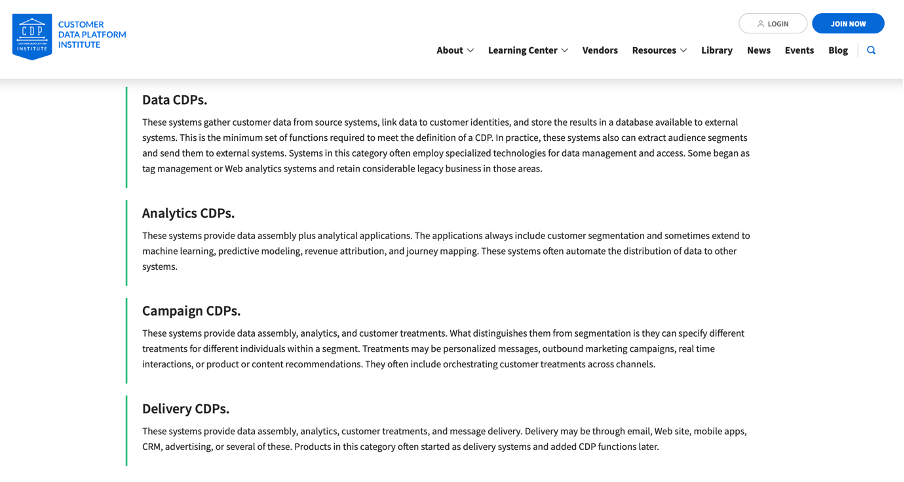CDP (Customer Data Platform) - how are they useful, what are they, and how to choose and implement them
The CPD, or customer data platform, has become a trend of recent years. This is a well-known piece of service software that is already universally applicable, combining all the best elements of DMP and CRM and able to implement additional features, so that marketers, ecommerce-, performance-, crm-managers, products and other specialists can solve a wide range of data and communication-related tasks.
What is a CDP? Literally, this is a user database generated from various online and offline sources (identification data, demographic profile, purchasing behaviour, transactions and other qualitative data), where a single profile is formulated with all the necessary features and attributes for each unique user. The profiles are stored, updated, and processed, and allow the data owner to optimize work with its audience — perform relevant marketing communications and evaluate their effectiveness, attract a new audience through predictive segmentation, and resolve the entire pool of business development tasks.
The CPD, or customer data platform, has become a trend of recent years. This is a well-known piece of service software that is already universally applicable, combining all the best elements of DMP and CRM and able to implement additional features, so that marketers, ecommerce-, performance-, crm-managers, products and other specialists can solve a wide range of data and communication-related tasks.
What is a CDP? Literally, this is a user database generated from various online and offline sources (identification data, demographic profile, purchasing behaviour, transactions and other qualitative data), where a single profile is formulated with all the necessary features and attributes for each unique user. The profiles are stored, updated, and processed, and allow the data owner to optimize work with its audience — perform relevant marketing communications and evaluate their effectiveness, attract a new audience through predictive segmentation, and resolve the entire pool of business development tasks.
What problems can the CDP solve?
- Collecting, storing, processing and combining data from several sources into a single profile
- Work with a single user profile
- User identification data management
- Providing user data to other systems
- Personalising communications
- Automating communications
- Omnichannel communications
- Targeted communications
- Real-time user segmentation
- Advanced data analytics
- A/B and MVT testing
Each task from the list represents a large block of opportunities for your specific goals, which you should set before choosing a CDP. There is a wide range of solutions on the market — it’s important to realize what works for you best.
CDP types
There are several typologies available here from eminent analytical, research and consulting agencies, such as Forrester, Gartner, and Real Story Group. They usually distinguish four types of platforms in terms of functionality and tasks they solve, and they all overlap with each other (with a few exceptions). To avoid confusion, let’s look at what types of platforms are distinguished by the specialized CDP institute, whose mission is to explain the CDP category to potential users, technology companies, the media and others.
The CDP Institute distinguishes 4 types of CDP:

Data CDP
These systems gather customer data from source systems, link data to customer identities, and store the results in a database available to external systems. This is the minimum set of functions required to meet the definition of a CDP. In practice, these systems also can extract audience segments and send them to external systems. Systems in this category often employ specialized technologies for data management and access.
Analytics CDP
These systems provide data assembly plus analytical applications. The applications always include customer segmentation and sometimes extend to machine learning, predictive modelling, revenue attribution, and journey mapping. These systems often automate the distribution of data to other systems.
Campaign CDP
These systems provide data assembly, analytics, and customer treatments. What distinguishes them from segmentation is they can specify different treatments for different individuals within a segment. Treatments may be personalized messages, outbound marketing campaigns, real-time interactions, or product or content recommendations. They often include orchestrating customer treatments across channels.
Delivery CDP
These systems provide data assembly, analytics, customer treatments, and message delivery. Delivery may be through emails, websites, mobile apps, CRM, advertising, or several of these options.
Platforms, of course, differ in terms of their specialization. There are both niche platforms — which are focused on specific business verticals — and «broad spectrum» CDPs that can be used by representatives of different business categories, from retail to banks and many others.
How to choose and implement a CDP
Before choosing and implementing a CDP, it’s important to understand if your business really needs one. The key parameter which this can be determined by is that your business, medium or large, has passed the MVP and start-up stages and is already actively working with big data — that is, it collects, analyses, supplements, and uses:
- hard ID — names, addresses, contact details;
- demographic profiles;
- events (user behaviour on the site/in the application);
- transactional data (everything about purchases);
- data on advertising campaigns (clicks, impressions, reach, engagement, etc.);
- data on the operation of a client service (NPS, CSI, quality and quantity of interactions and other CRM data).
The second parameter which also suggests the potential usefulness of connecting a CDP is that you have many communication channels, you are interested in setting up an omnichannel, and you need to centralize management and automate communications.
How to choose the right CDP
Step 1 — identify the tasks you want to solve (to begin with, you can rely on the list above + your specific wishes).
Step 2 — determine the priority features for your business and team, for example:
- Loyalty processing
- Data quality assurance
- Single user profile
- An omnichannel
- Dynamic segmentation of users
- Always-on user communication automation
- Easy integration
- Client service
- Self-service
- Price
- A certain set of features
- Whether it’s a local or foreign company
- Proven effectiveness (many public business cases)
- Guaranteed safety of personal data
Step 3 — Determine what is important to you in a service provider, for example:
Step 4 — Choose several CDPs that fit your needs and evaluate them for additional criteria: scalability, flexibility, and reliability.
Step 5 — show the work brief to those who have made it to the final, so that they understand the task pool, and your wishes and expectations. If it’s possible to look at all the platform capabilities using a demo project, this is an additional argument when making a final decision.
How to implement a CDP
Entrust this to a specialist/team that works with CRM and communicates with users. Most often, this is the marketing department. The specialist/team will be able to suggest scenarios for using the CDP to maximize efficiency.
The integration will need to be supported by the IT department, since platform deployment is not an easy process and consists of a series of steps: initialization, ID tracking and other client attributes, data import, work with a single user profile, and so on.
It is important to engage an analytical team that knows how to work with big data, conduct and analyse tests, develop recommendations based on the results, and so on.
What awaits CDPs tomorrow
There are many CDP solutions currently on the market, which may have different names but are essentially similar in many ways. The authors call some of them the next step in CDP evolution, but in reality, these are just additional features and functionality expansion, while the form and basic content remain unchanged.
Many consider that the next step or new stage of CDP development will be CDOP (Customer Data Orchestration Platform) because customer data orchestration is a universal approach to combining real-time data across multiple teams, technologies, and customer touch points. Data Orchestration platforms combine the best features of CDP and DMP. They focus on PII data (f.ex., CDP) but combine it with anonymous third party data (f.ex., DMP) to provide a clearer and more holistic view of customers. It’s a centralized hub for your data sources that can be easily tracked, segmented, and activated.
We are already offering our partners the optimized CDP product of tomorrow (it depends on what we call our solution) for solving a wide range of tasks related to working with data and users. To learn more about it, contact us (link to the form on the site).



